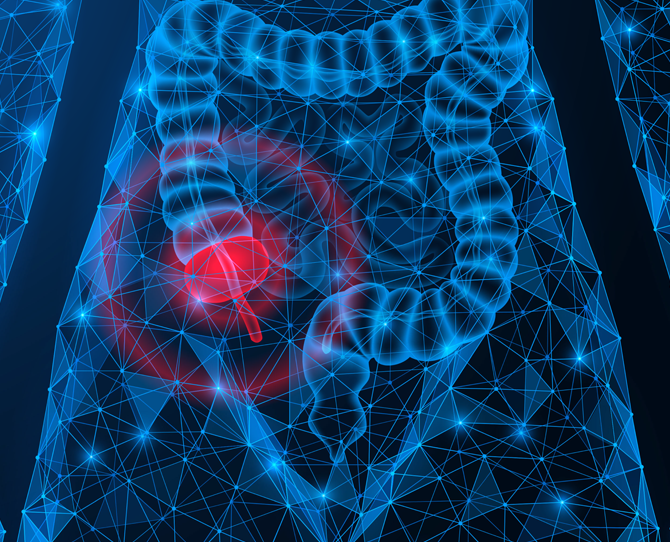


You may begin eating and drinking as soon as you get home from surgery. Start with a bland liquid diet such as Gatorade, tea, coffee, water, soup and crackers, or jell-o. You can increase your diet slowly to a regular diet as tolerated. While there are no long-term dietary restrictions after gallbladder surgery, a small percentage of people have some difficulty tolerating fatty or spicy foods. For those who have had a cholecystectomy, you should stay away from these foods for a couple of weeks during recovery. You may then try to eat these foods as tolerated.
As soon as you reach home, you may resume normal ad lib activity. You are encouraged to begin walking and resuming household activity as tolerated immediately. Going up and down stairs is also Ok. You should refrain from engaging in any strenuous activity such as running, riding a bike, heavy exercising in a gym, etc. for at least 2-3 weeks. You should also avoid any heavy lifting greater than 10-15 lbs. for 2-3 weeks. After that, you may resume any activity as tolerated.
You will have Band-Aids on your incisions. Leave these on for 24 hours after the surgery. You may remove the outer bandage after 24 hours, but try not to remove the bandage any earlier than 24 hours post-op. You will likely have steri-strips on your skin over the incision and underneath the bandage. If so, leave these on until they fall off on their own. The incision will most likely be closed with dissolvable sutures that are underneath the skin. You do not need to do anything about these, and they will never need to be cut out or removed. They will dissolve on their own eventually.
You may shower starting 24 hours after the surgery. Running soap and clean water over the incision is Ok but avoid submersing the incision in any dirty water such as baths, lakes, swimming pools, jacuzzies, etc. for at least 2-3 weeks. You may apply ice to the wound for 15–30-minute intervals at a time for pain or swelling, for several days after the surgery. A small amount of bleeding, redness, and swelling may be normal. If there is any excessive pain, bleeding, swelling, redness around the wound, green/white drainage, or fever, please call your surgeon immediately.
You may resume all your normal medications after surgery except for any anticoagulants. You should wait at least 48 hours after surgery before beginning your anticoagulants, as long as there are no signs of external bleeding or bruising. You may need to wait longer, but please consult your surgeon first.
You will most likely be sent home with a prescription for narcotic pain medications. Use the narcotics as directed on the prescription. You may take less than what is indicated on the bottle, but not more. Be sure to take narcotic pain medication with food so as not to upset your stomach. You may begin to taper your narcotic medication as tolerated and discontinue them as soon as possible. As you are tapering off the narcotics, you may transition over to Ibuprofen. You should not drive or operate any mechanical equipment while on narcotic medications. Wait for at least 24 hours after discontinuing the narcotic medications before driving.
It is not unusual for people who have had a robotic cholecystectomy or robotic appendectomy to experience muscular pain in the region of their puncture wounds under the ribs. This pain can sometimes radiate to the back and can be confused with gallbladder pain in the early post-operative period for cholecystectomy surgery. This usually resolves after 5-7 days and can be treated with a local heating pad. Patients having had robotic cholecystectomy/appendectomy occasionally experience shoulder or chest pain with is usually due to the carbon dioxide used to inflate your abdomen during surgery. This typically resolves within 24-48 hours.
It is not unusual for patients who have been through surgery, a general anesthesia, and who are taking narcotics to become constipated. This can often be remedied by increasing your activity and making sure you stay hydrated. In addition, you should also increase your fiber intake in your diet and through supplements (Metamucil, Benefiber, etc.). While on the narcotics, you should also try to take an over-the-counter stool softener such as Colace or Senokot. You should have a bowel movement every day but may go 2-3 days after surgery without one. If you have not had one by two days after surgery, or every 1-2 days afterwards, you may need to try an over-the-counter laxative such as MiraLAX or Magnesium Citrate. If none of these measures work or if you begin to have significant abdominal pain, nausea/vomiting, or diarrhea, please contact your surgeon immediately.
If you notice any yellowing of your skin or eyes, this could indicate a serious problem. Please contact your surgeon immediately.
You will be instructed as to when you should return to the office on your discharge instructions. You should call the office to schedule this. You will usually be seen again approximately 2-3 weeks after the surgery.